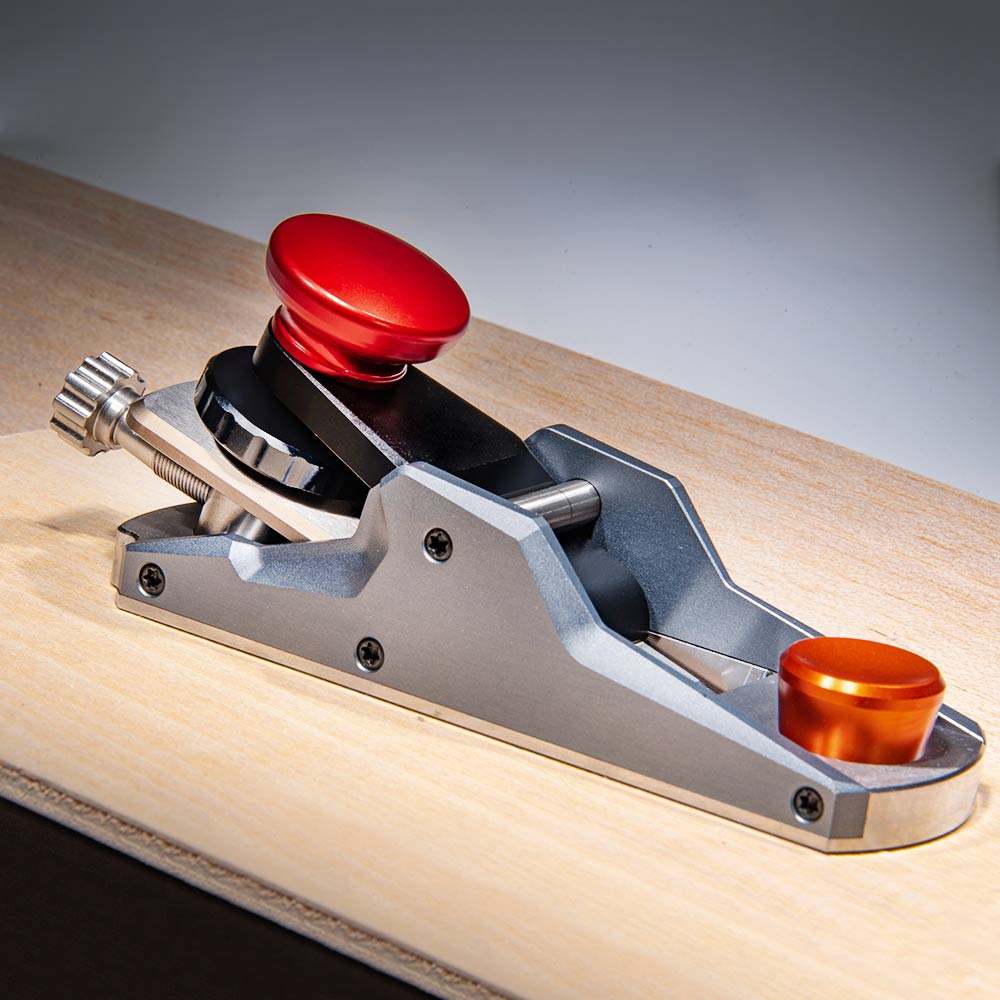What are basic hand tools for woodworking
Woodworking requires a specific set of hand tools
that cater to the unique needs of working with wood. These tools allow for precise shaping, cutting, joining, and finishing of wood. Here are some basic hand tools commonly used in woodworking:
1. Hand Saw
: A hand saw is a versatile tool used for cutting wood. There are different types of hand saws, such as crosscut saws for cutting across the wood grain and rip saws for cutting along the grain. These saws typically have a handle and a narrow, toothed blade.
2. Chisels: Chisels are essential for woodworking tasks like carving, shaping, or cleaning out joints. They have sharp blades made of hardened steel and come in various sizes and shapes, including bench chisels, mortise chisels, and carving chisels.
3. Mallet: A mallet is a hammer-like tool with a large, usually wooden head. It is used in conjunction with chisels or other striking tools to apply controlled force without damaging the tool or workpiece.
4. Block Plane: A block plane is a small hand plane used for smoothing or shaping wood. It has an adjustable blade and is primarily used for removing small amounts of wood or chamfering edges.

5. Marking and Measuring Tools: Accurate measurements and markings are crucial in woodworking. Basic marking and measuring tools include a tape measure, combination square, marking gauge, and a marking knife. These tools ensure precise cuts, layout, and joinery.
6. Hand Planes: Hand planes are versatile tools used for shaping, smoothing, and flattening wood surfaces. There are different types of hand planes, such as bench planes, jack planes, and smoothing planes, each designed for specific woodworking tasks.
7. Coping Saw: A coping saw is a small, fine-toothed saw with a narrow blade held under tension in a U-shaped frame. It is used for intricate and curved cuts, such as cutting out shapes or creating joinery.
8. Clamps: Clamps are used to hold wood pieces together during gluing, assembly, or when securing workpieces for cutting or shaping. They come in various types, including bar clamps, C-clamps, and spring clamps.
9. Screwdrivers: Screwdrivers are necessary for driving screws into wood. Having a set of different-sized flathead and Phillips head screwdrivers ensures you have the right tool for various screw types and sizes.
10. Sanding Tools: Woodworking often requires sanding to achieve smooth, finished surfaces. Sanding blocks or sanding sponges, along with sandpaper of various grits, are essential for hand sanding tasks.
11. Files and Rasps: Files and rasps are used for shaping and smoothing wood surfaces. They are particularly useful for fine-tuning curves, shaping edges, or removing material quickly.
12. Sharpening Tools: Maintaining sharp cutting edges is vital in woodworking. Basic sharpening tools include sharpening stones, honing guides, and strops to keep chisels, hand planes, and other cutting tools in optimal condition.
These are some of the basic hand tools used in woodworking. As you progress and take on more complex projects, you may expand your tool collection to include additional specialized tools based on your specific woodworking needs.